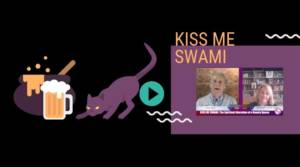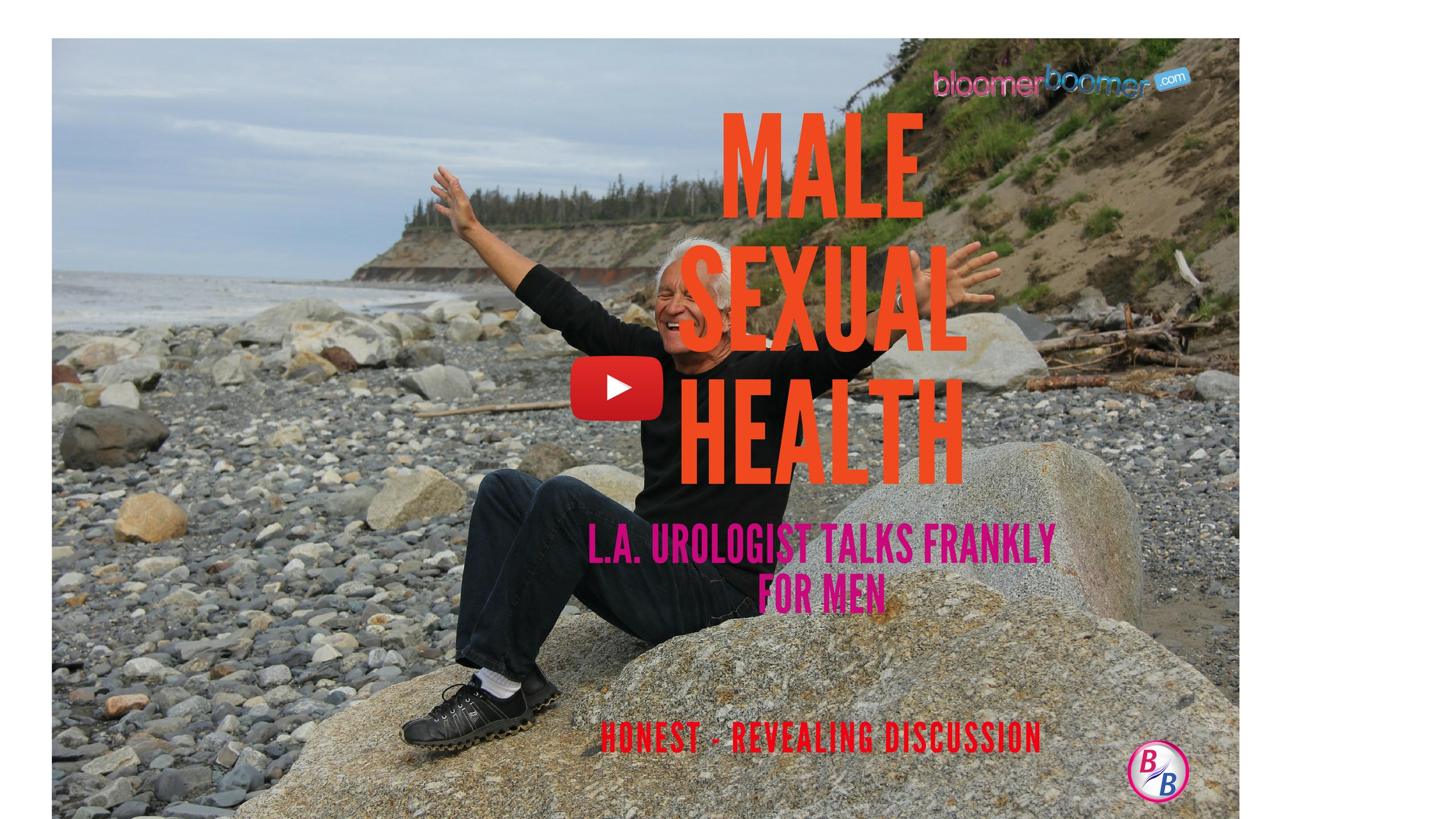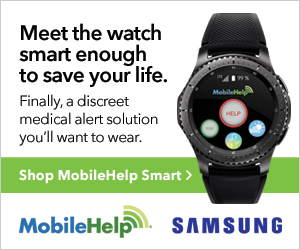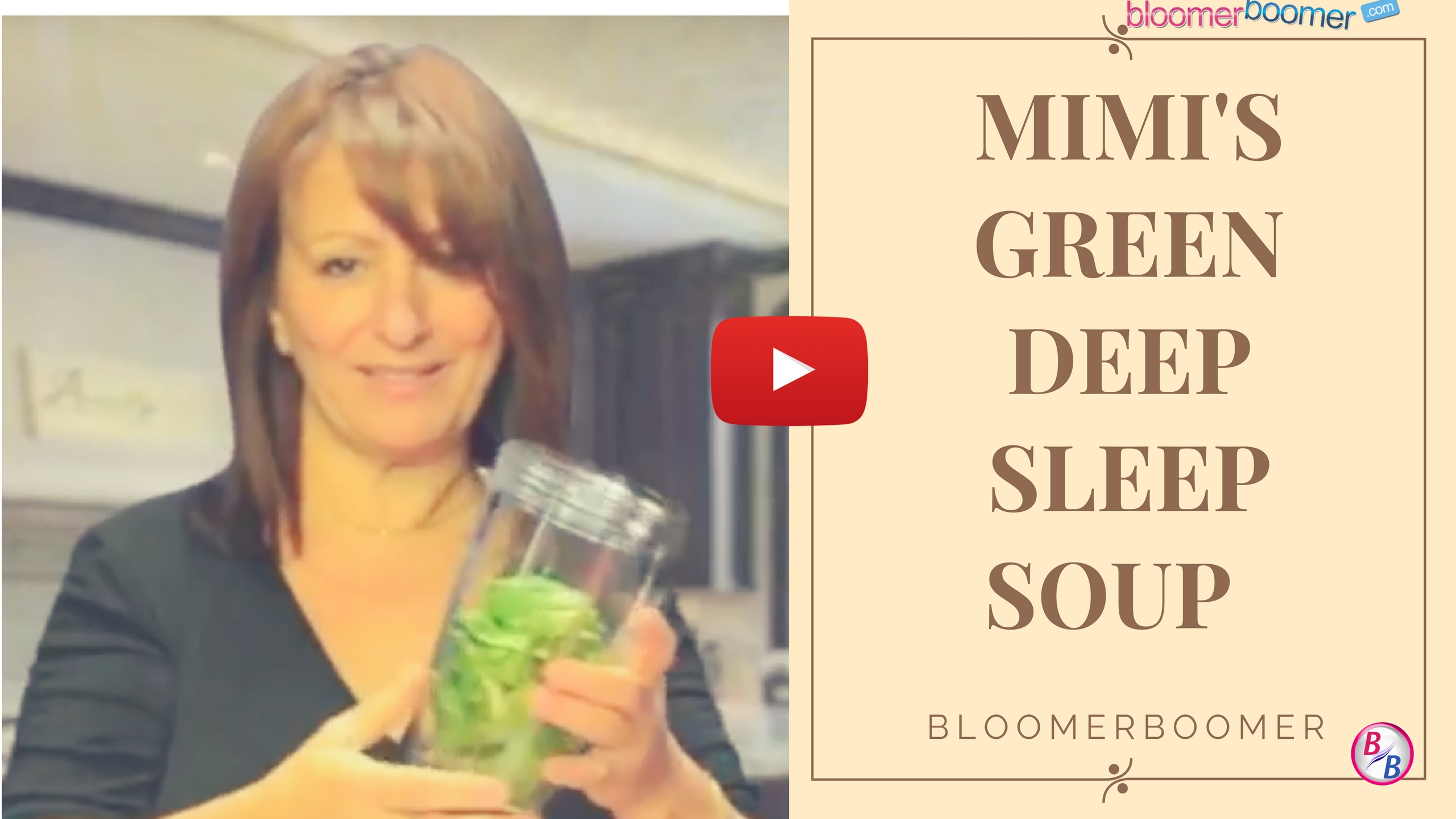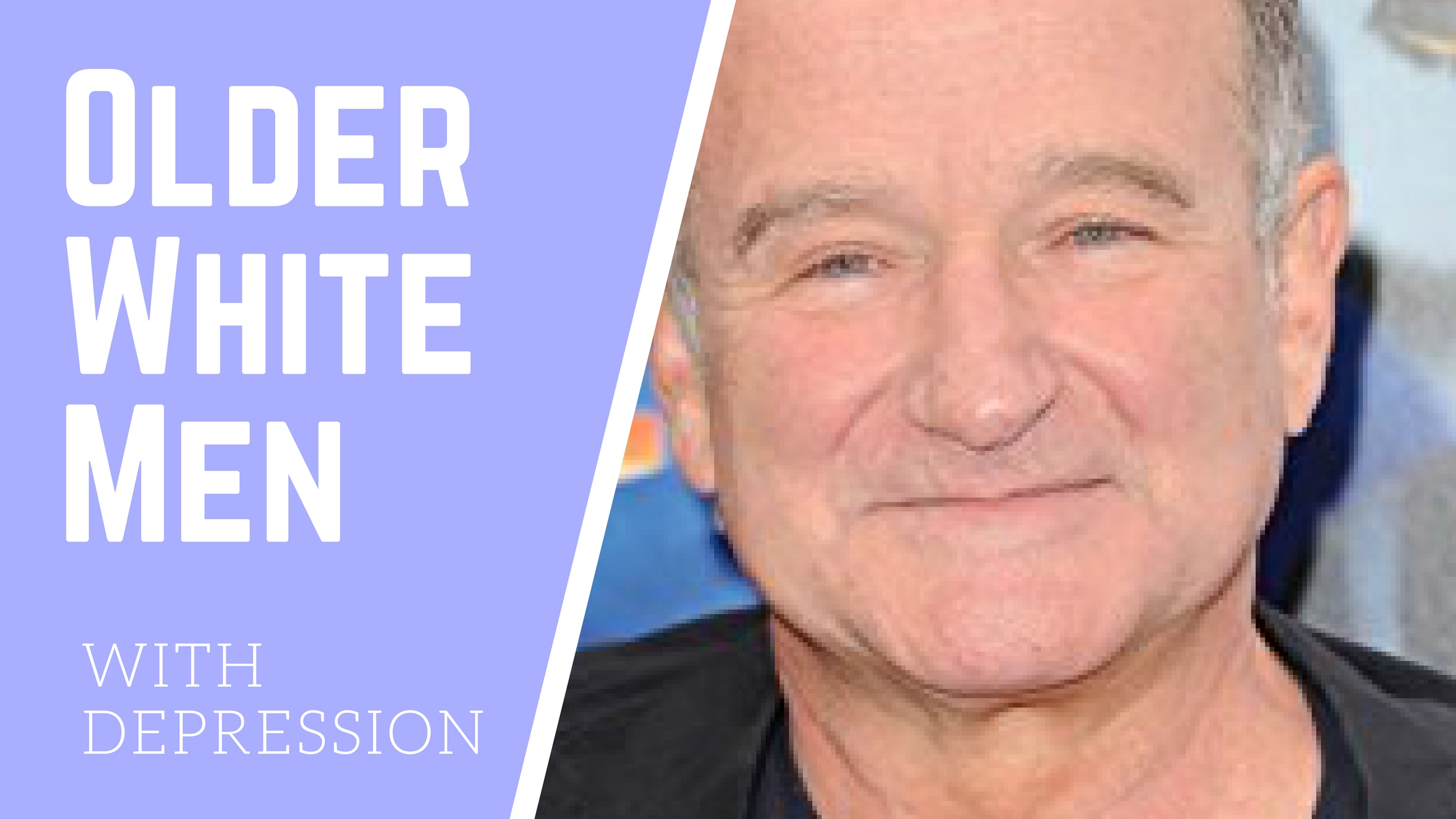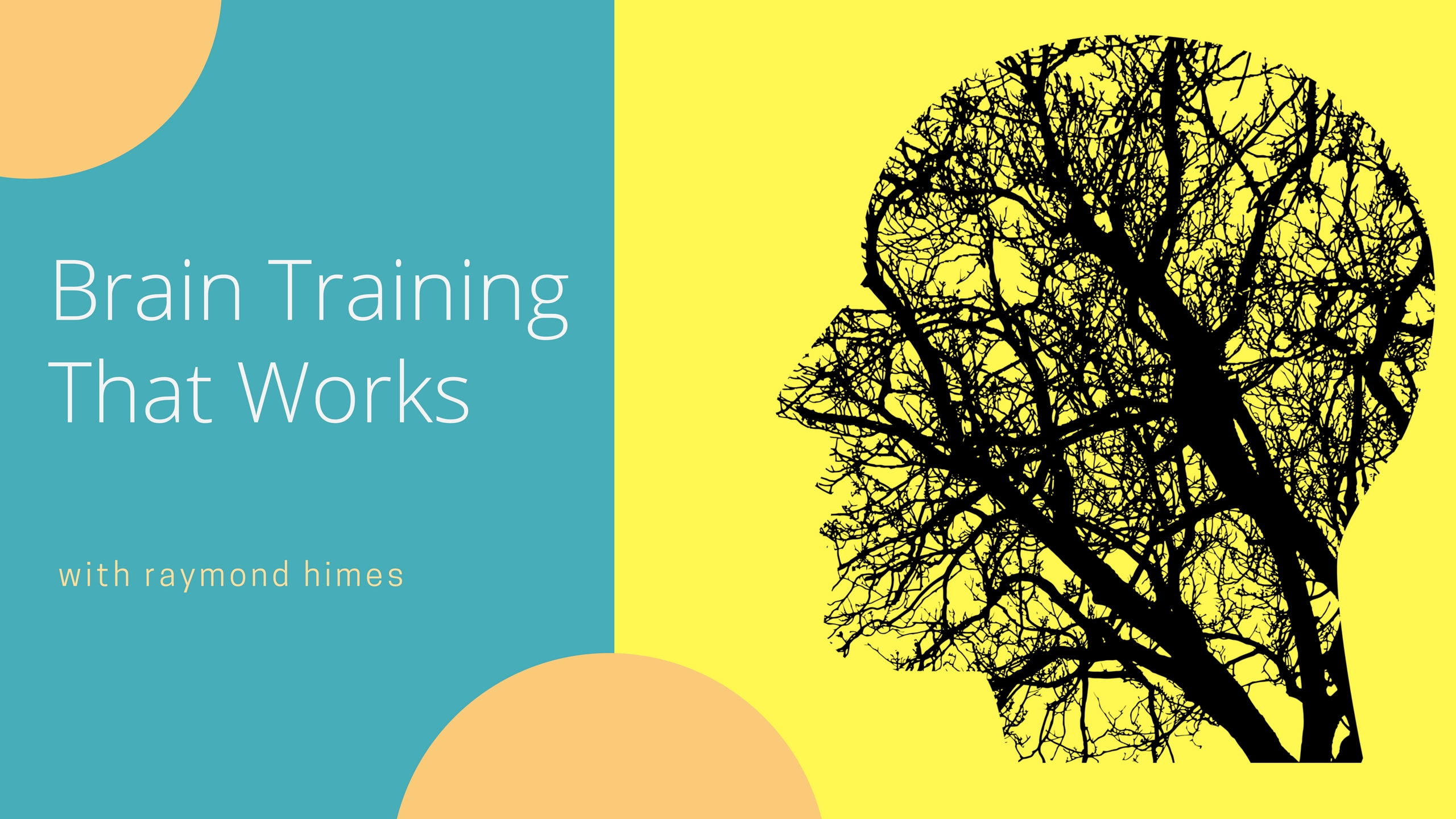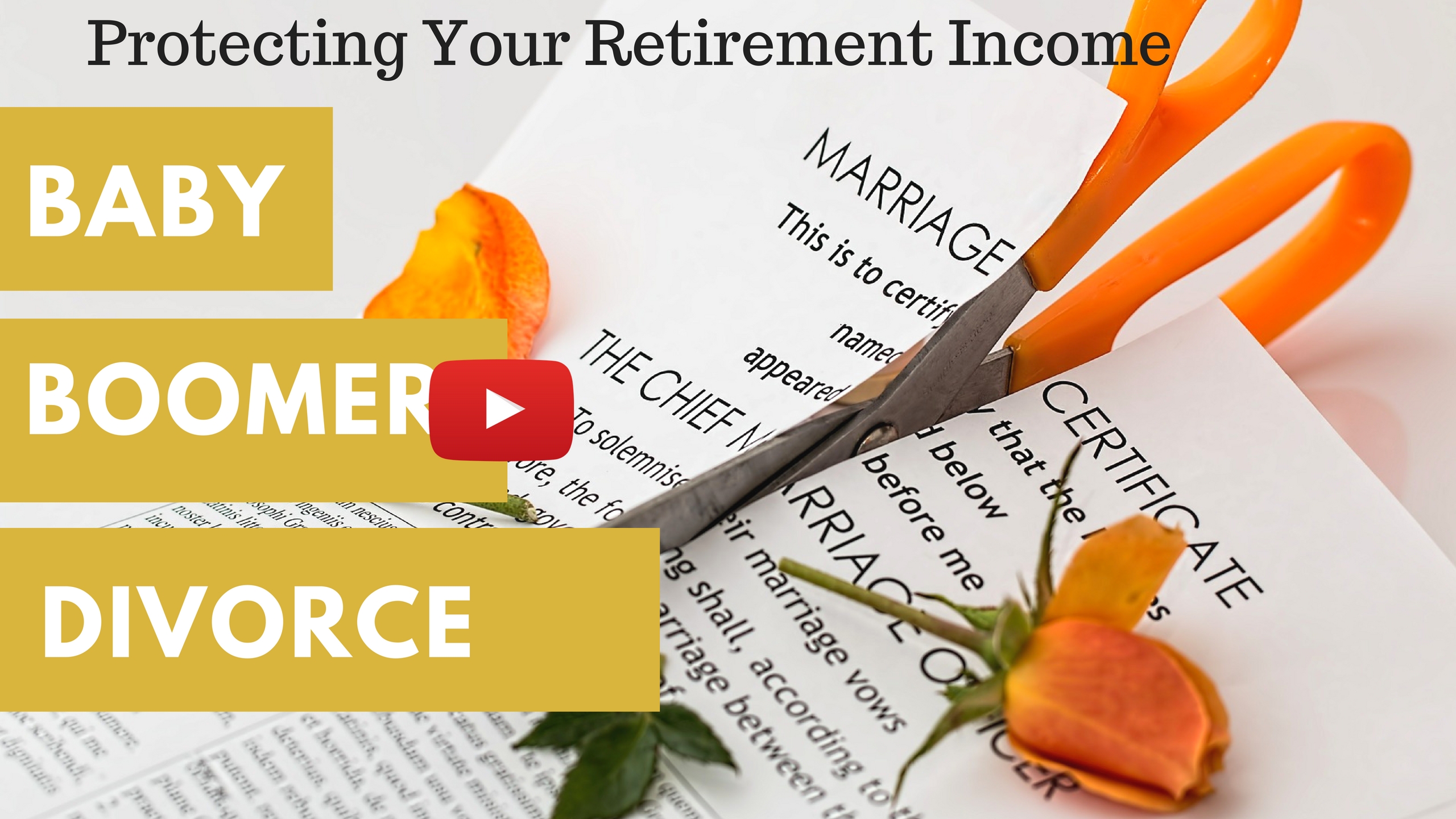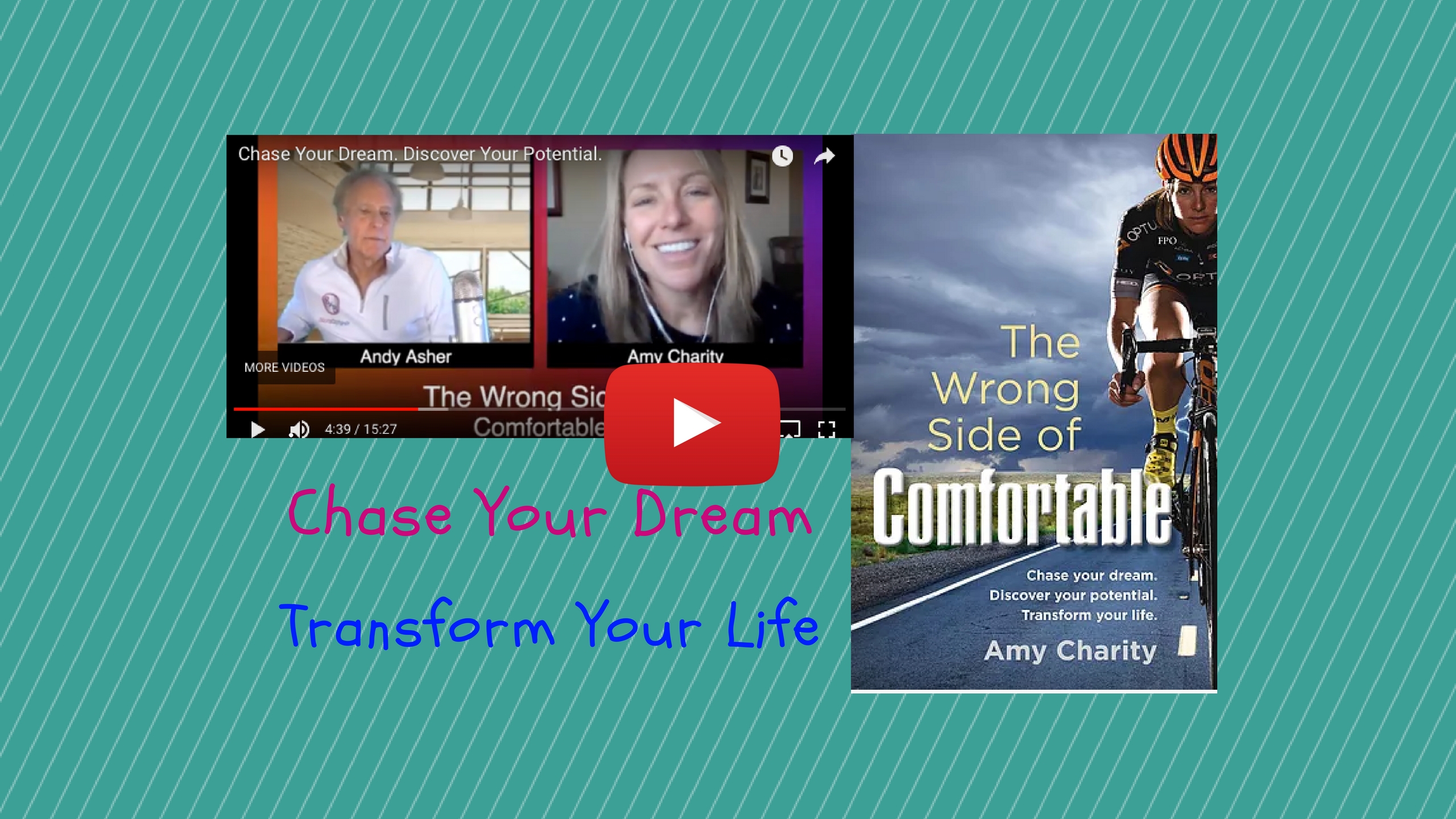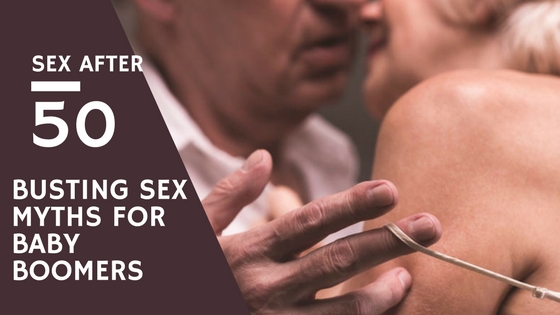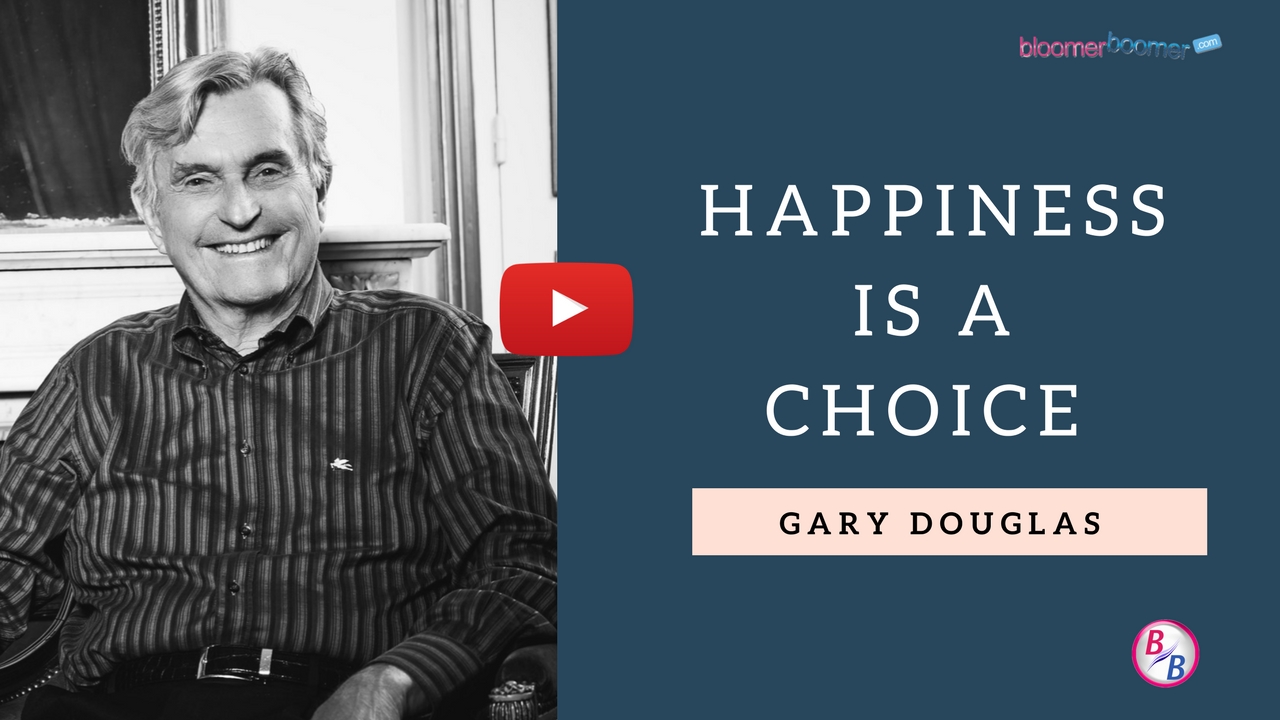Evidence Based Exercise Program
What’s the right exercise for you? An often asked question but for a long time there was no scientifically based answer. After all since everyones body and health are different, there was no one size fits all program. For people over 55, the question of exercise is further complicated by the aging factor.

Enter the National Institute on Aging. One of the chairpersons is Chief of Clinical and Gerontology Branch, Chhandra Dutta, PhD. She explained backstory of how the trademarked Go4Life exercise program came to life.
“One of the most important things about our Go4Life materials and the exercise guide is that it is completely evidence based. There is research conducted in specific age groups for which those exercise recommendations are made. What we did was to put together a panel of exercise experts and these are the actual investigators who conducted these different studies. We formed an exercise and expert panel and they reviewed all the evidence, reviewed which studies were sufficiently valid to be included as recommendations and a guide and that’s the basis of the Go4Life Campaign.”
She says an important element of the campaign is to incorporate four main exercises into daily activity. They are aerobic, cardiovascular, strength and flexibility exercise. “The public health guidelines tell you to get at least 30 minutes of physical activity everyday and physical activity is an umbrella term for any kind of voluntary movement. What we recommend in the guide is a structure and a purpose to that movement. And so, the public health guidelines say you should get about 150 minutes of physical activity in a week. The exercise guide goes a step further than that, no pun intended. We encourage people to exercise everyday to alternate the variety of strength training that they do and it actually adds up to close to 300 minutes of physical activity and exercise in the course of the week. That is asking a lot but once you start, it doesn’t seem like a lot,” says Dutta.
They have very practical purposes adds Dutta. Take flexibility for example, “it enables you to do little things in life and later on flexibility can be important in terms of having the range of motion you need to get dressed, to cook, to reach up to the top shelf of your cabinet, to get whatever ingredients you need to cook. These four areas impact your life on such a regular basis but they also enable you to some of the things that you dream about doing. That could include hiking or running a marathon or some physical challenge that you aspire towards.”
She adds, “the benefits of exercise are pretty well known, I don’t think there’s anybody on this planet who doesn’t know that exercise is good for you. We have research to show that exercise reduces your risk from many chronic diseases particularly heart disease, diabetes, the incidence of some forms of cancer. Our muscle-skeletal system benefits from being active. It makes natural sense that you’re muscles and bones benefit from exercise. So in terms of aging conditions, it helps you maintain your bone mass so that you don’t develop a risk for fractures and also maintains your muscle mass.”
Dr. Dutta’s final message. “It’s absolutely never too late. And the prime example I give is one of the landmark studies in exercise research in older adults conducted in the 1990’s. It was a strength training study of 90 year olds. And these 90 year olds were in a nursing home and following a short period of resistance training, they demonstrated gains in strength. There’s absolutely no excuse to use age to limit yourself to say ok, it’s too late, I shouldn’t exercise. You probably stand to lose more by being sedentary than attempting to do some sort of physical activity or exercise.”
(You can hear the entire podcast on iTunes or in the podcast section of BloomerBoomer.com. You can also get the Go4Life exercise program. Go the the bottom of any page on our website and sign-up. It will be sent to you right away.)
Category: Articles, Senior Health








